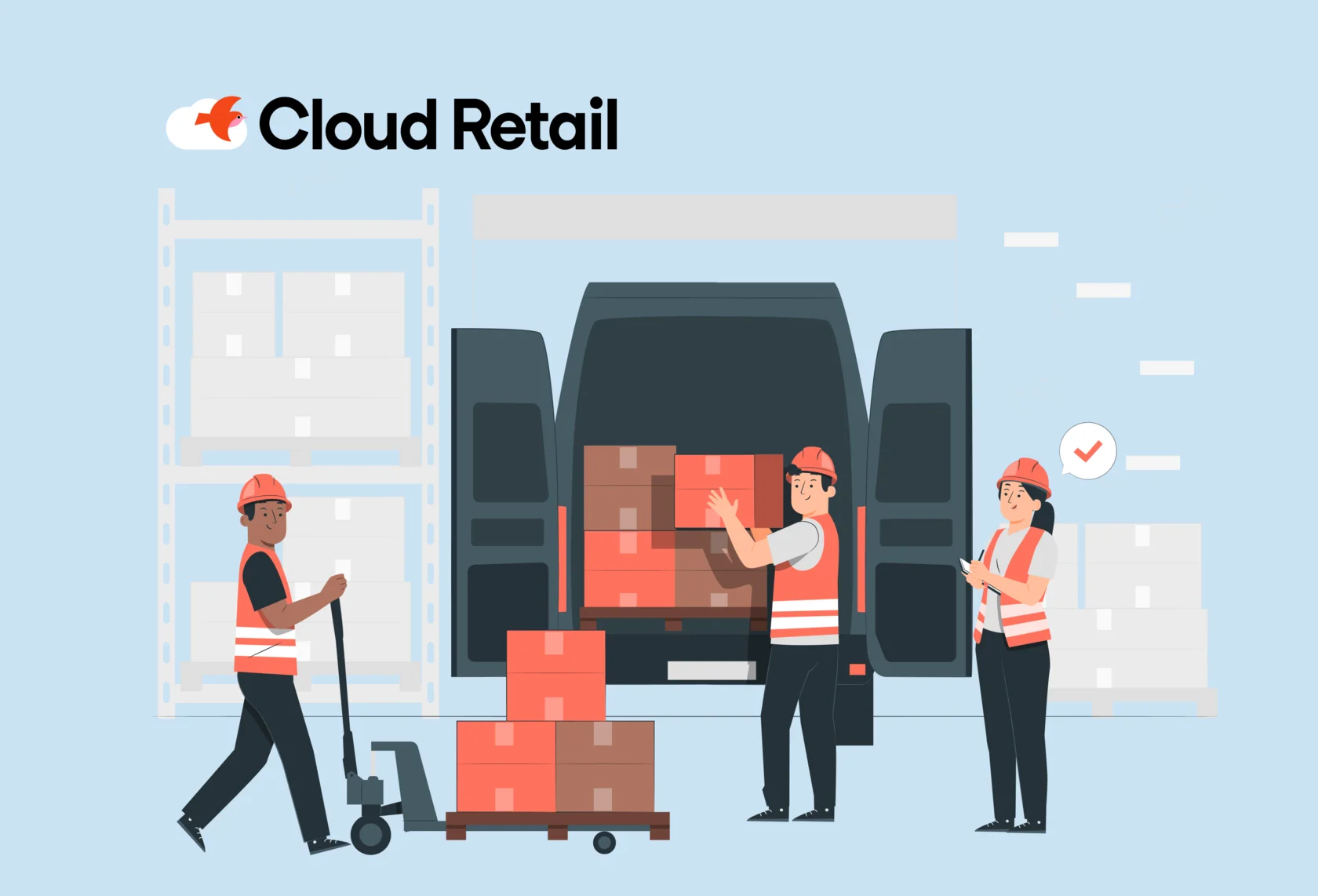How Smarter Ops Reduce Costs (Without Cutting Corners)
 James Wall
·
2 minute read
James Wall
·
2 minute read
In eCommerce, “cutting costs” too often means… well, cutting corners.
Cheap tech. Skeleton staff. Delayed fixes.
The kind of decisions that solve a short-term number — and create long-term pain.
But that’s not the only way.
We've seen smarter eCommerce brands do it differently: they reduce costs by making operations better, not weaker.
The kind of decisions that solve a short-term number — and create long-term pain.
But that’s not the only way.
We've seen smarter eCommerce brands do it differently: they reduce costs by making operations better, not weaker.
1) Reduce Errors = Reduce Waste
Every mispick, return, or stockout costs you money. And most of them aren’t caused by people, they’re caused by broken processes.
What we’ve learned from working with grocery, fashion, and delivery-first brands is this:
Tiny operational failures snowball fast.
Wrong item shipped? Refund + redelivery.
Missed scan? Inventory mismatch.
Out-of-stock alert missed? Sales lost.
✅ Fixing these issues isn’t about hiring more people or auditing everything manually — it’s about putting the right checks and logic in place upfront.
Example:
A picker scans the wrong item — the system flags it immediately.
No escalation. No refund. No damage.
Simple fix. Big save.
Tiny operational failures snowball fast.
Wrong item shipped? Refund + redelivery.
Missed scan? Inventory mismatch.
Out-of-stock alert missed? Sales lost.
✅ Fixing these issues isn’t about hiring more people or auditing everything manually — it’s about putting the right checks and logic in place upfront.
Example:
A picker scans the wrong item — the system flags it immediately.
No escalation. No refund. No damage.
Simple fix. Big save.
2) Faster Onboarding = Less Down Time
Turnover happens. People leave. Teams grow fast.
But every hour a new staff member spends learning the system is an hour they’re not helping fulfill orders.
But every hour a new staff member spends learning the system is an hour they’re not helping fulfill orders.
Most businesses don’t measure this — but they should.
The cost of slow onboarding is real, and it adds up.
✅ What we’ve seen work best:
Intuitive WMS interfaces
Task-based workflows
Minimal training time (ideally under 30 minutes)
Not only do you save on training costs — you also reduce errors caused by confusion, hesitation, or bad assumptions.
The cost of slow onboarding is real, and it adds up.
✅ What we’ve seen work best:
Intuitive WMS interfaces
Task-based workflows
Minimal training time (ideally under 30 minutes)
Not only do you save on training costs — you also reduce errors caused by confusion, hesitation, or bad assumptions.
3) Better Inventory Flow = Fewer Stockouts
Holding too much stock eats your cash. Holding too little loses sales.
It’s a brutal balance.
✅ Smarter ops teams rely on:
Automated replenishment triggers
Real-time stock level tracking
Demand-aware suggestions (seasonality, trends, delivery windows)
When your WMS is actively helping you avoid overstock and understock scenarios, you’re not just saving money — you’re building a more resilient business.
It’s a brutal balance.
✅ Smarter ops teams rely on:
Automated replenishment triggers
Real-time stock level tracking
Demand-aware suggestions (seasonality, trends, delivery windows)
When your WMS is actively helping you avoid overstock and understock scenarios, you’re not just saving money — you’re building a more resilient business.
4) One Platform = Less Tech Debt
This one’s big.
Most ops teams we talk to are juggling:
→ A WMS that doesn’t talk to their ERP
→ A delivery system that doesn’t update stock
→ A BI tool that needs weekly exports
→ Manual checks in Notion or Google Sheets
That’s not lean — it’s leaky.
Every disconnected tool adds manual steps, sync delays, and potential mistakes.
✅ When you consolidate into a single platform that handles warehouse, delivery, storefront, and analytics — you’re not just saving on license fees. You’re reclaiming time, reducing friction, and removing operational blind spots.
→ A delivery system that doesn’t update stock
→ A BI tool that needs weekly exports
→ Manual checks in Notion or Google Sheets
That’s not lean — it’s leaky.
Every disconnected tool adds manual steps, sync delays, and potential mistakes.
✅ When you consolidate into a single platform that handles warehouse, delivery, storefront, and analytics — you’re not just saving on license fees. You’re reclaiming time, reducing friction, and removing operational blind spots.
5) Margins Hide in the Details
Here’s the part most CFOs love to hear:
The biggest savings don’t always come from one dramatic change. They come from dozens of small ones:
10 seconds shaved off each pick
One less return per day
One team member trained 2x faster
Two hours saved on end-of-week stock reporting
✅ Add those up over a week, a month, a year — and the cost reduction is real.
10 seconds shaved off each pick
One less return per day
One team member trained 2x faster
Two hours saved on end-of-week stock reporting
✅ Add those up over a week, a month, a year — and the cost reduction is real.
Final thought
If your team is being pushed to “do more with less,” the answer isn’t to cut deeper.
It’s to run smarter.
Smarter ops reduce costs without harming performance.
In fact, they improve it — across warehouse, delivery, and customer experience.
Let us show you how.
👉 [Book a demo] or [Explore our WMS platform]
It’s to run smarter.
Smarter ops reduce costs without harming performance.
In fact, they improve it — across warehouse, delivery, and customer experience.
Let us show you how.
👉 [Book a demo] or [Explore our WMS platform]



